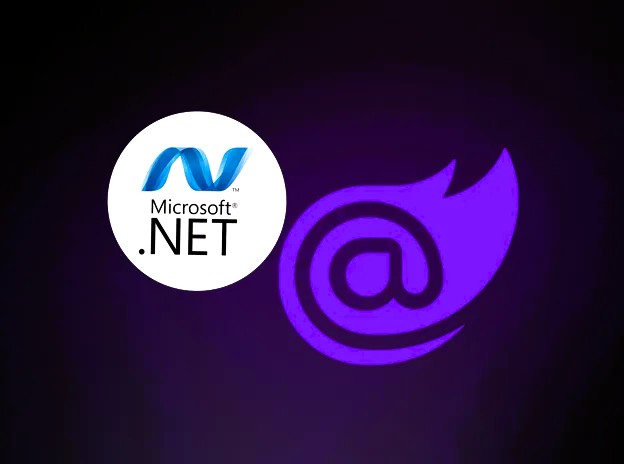
Remember when web development meant juggling multiple languages and frameworks? As a .NET developer, you’d write your backend in C#, then switch gears completely to work with JavaScript for the frontend. Well, the landscape is changing, and it’s changing fast. Enter Blazor – Microsoft’s game-changing framework that’s revolutionizing how we build web applications.
Let’s dive into what makes Blazor special. Imagine writing your entire web application in C#, from database to user interface, without touching a single line of JavaScript. Sounds too good to be true? That’s exactly what Blazor brings to the table.
At its core, Blazor is a web framework that lets you build interactive web applications using C# instead of JavaScript. Think about that for a moment – your favorite C# features, your existing .NET libraries, all running right in the browser. It’s like bringing the power of desktop development to the web.
Blazor comes in two flavors, each with its own sweet spot:
First, there’s Blazor WebAssembly – the rebel of the family. It runs entirely in the browser, with your C# code compiled to WebAssembly. Your application runs directly on the client’s machine, just like a traditional JavaScript app, but written entirely in C#. No server required after the initial download.
Then we have Blazor Server – the pragmatic one. It keeps your application logic safe on the server, sending just the UI updates to the browser through a real-time SignalR connection. Think faster initial load times and smaller downloads, perfect for enterprise applications.
Why should you care about Blazor? Well, if you’re a .NET developer, it’s like finding out your favorite tool can suddenly do twice as much. No more context-switching between C# and JavaScript. No more maintaining separate codebases for frontend and backend logic. Your validation rules, business logic, and even UI components can be shared across your entire application.
Since its introduction in 2018, Blazor has been making waves in the development community. In 2020, we’ve seen it mature into a production-ready framework, with major companies adopting it for their web applications. It’s not just another framework – it’s part of a larger movement toward WebAssembly, bringing near-native performance to web applications.
Looking ahead, the future is bright for Blazor. Microsoft continues to invest heavily in the framework, improving performance, adding features, and enhancing tooling support. With its seamless integration with Azure services and the broader .NET ecosystem, Blazor is becoming an increasingly attractive option for both enterprises and startups.
Whether you’re building a new application or maintaining an existing one, Blazor offers a compelling vision of web development’s future. It’s not just about writing C# in the browser – it’s about having a unified, efficient, and powerful approach to building modern web applications.
Want to learn more? Check out the official Blazor documentation at https://dotnet.microsoft.com/en-us/apps/aspnet/web-apps/blazor
About the Author
David Chukwuebuka Oku is a Software Engineer at Access Bank Plc, where he specializes in financial technology and process automation. His journey from mechanical engineering to software development exemplifies his passion for continuous learning and technological innovation. A graduate of Kwame Nkrumah University of Science and Technology, David combines his engineering background with software expertise to solve complex technical challenges.
Known in the tech community as #MasterOfLogic, David is particularly passionate about game development, blockchain technology, and modern web frameworks. His diverse experience spans from creating Unity-based games to developing enterprise-level financial applications. When not coding, David actively mentors aspiring developers and writes about emerging technologies.
Connect with David:
LinkedIn: linkedin.com/in/masteroflogic
GitHub: github.com/MasterOfLogic1


Comments are closed.